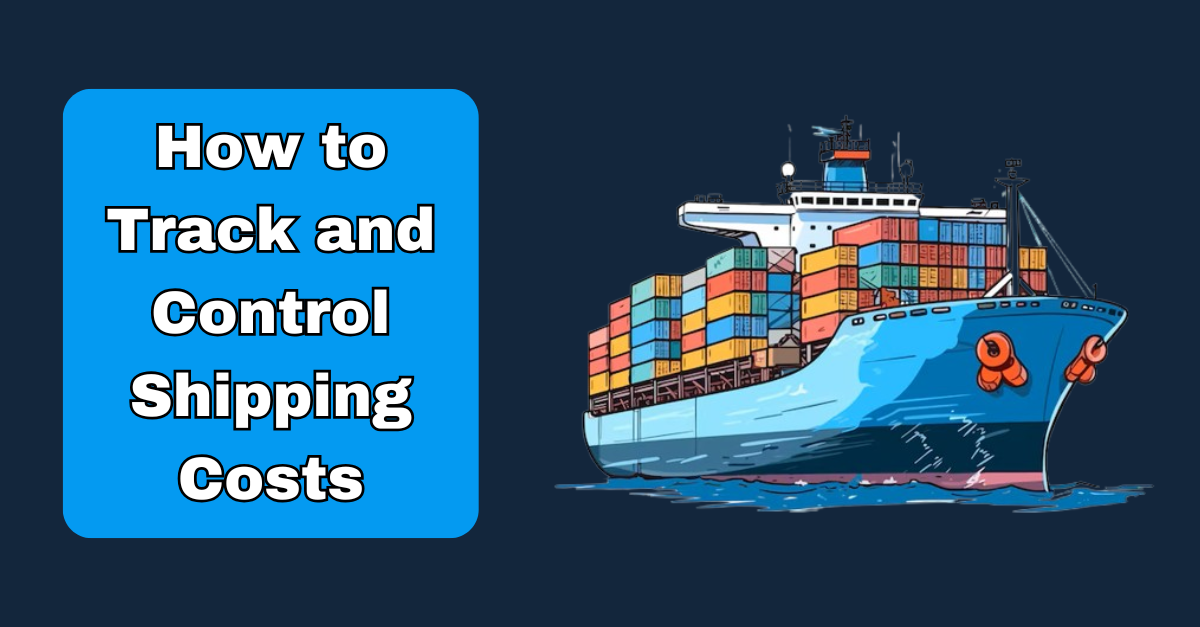In the realm of cybersecurity, a potent new threat has emerged: supply chain ransomware attacks. Exploiting vulnerabilities across digital supply chains, these attacks breach organizational and geographic boundaries. As the complexity of cyber threats increases, a global coalition is forming to counter them, mirroring efforts against organized crime and terrorism.
At their core, these attacks aim to extort money from victims by blackmailing them. The implications extend beyond financial gain, as they can be employed as weapons in conflicts, disrupting critical infrastructure and leveraging stolen data for strategic advantage. Often, they prevent users from accessing their files by encrypting them, holding vital data hostage. This article delves into supply chain ransomware attacks, their methods, risks, and the response against them, shedding light on how they can disrupt supply chains and impact organizations worldwide.
Examples of Ransomware Attacks:
Japan's Largest Port: On the morning of July 4, 2023, around 6:30 local time, a significant ransomware incident struck Japan's largest port, the Port of Nagoya. The attack resulted in a critical system malfunction that abruptly halted container operations, forcing the port into an unforeseen temporary shutdown. The cybercriminals behind the attack wasted no time in asserting their demands, utilizing an unconventional method: a ransom message was unexpectedly printed out through a port-side printer. The breach was attributed to the Russian hacker group LockBit 3.0. With 21 piers and 290 berths, the Port of Nagoya, Japan, handles an average of 165 million tons of cargo annually, representing about 10% of the country’s total trade volume. The Japanese port suspended loading and unloading operations for two days while working to restore the impacted systems by 6 pm on Wednesday, July 5, and resume operations by Thursday morning. The incident prompted swift action, as the ransomware infection was promptly detected and identified during a crucial meeting between the Nagoya Port Operation Association Terminal Committee and the Aichi Prefectural Police Headquarters.
Applied Materials: In February 2023, a notable supply chain cyber-attack occurred, targeting a business partner of semiconductor company Applied Materials. This attack led to disruptions in shipments and was projected to incur a substantial cost of $250 million in the first quarter of 2023. While the exact identity of the affected partner remains undisclosed, speculation points to industrial equipment supplier MKS Instruments as the potential breach point. This assumption is based on MKS Instruments' announcement of a ransomware attack on February 3, coinciding with their rescheduled fourth-quarter earnings call. Referred to as a "major" supplier by Applied Materials, the targeted company's identity was concealed. As a result of the attack, delays in order processing and shipping were experienced.
Impacts of Ransomware Attacks:
Ransomware attacks pack a serious punch, causing immediate and lasting harm to targeted entities. They can result in the loss of sensitive data, disruption of normal operations, significant financial costs, and damage to a company's reputation. These attacks aren't just about financial losses. Companies that pay ransoms could face legal consequences, like sanctions, and might also be sued for not adequately protecting the public from the fallout of cyberattacks. The financial impacts of supply chain cyberattacks are broad and deep, extending beyond immediate costs to affect relationships with partners and customers. Operations take a hit, leading to lower sales, revenues, and profits. Bad press further damages a company's reputation, and shareholders might start doubting their investment choices in a company that's struggling against cyber threats.
Preventing Ransomware and Cybersecurity Attacks:
To effectively counter these risks, organizations must proactively embrace a comprehensive strategy for enhancing supply chain security. This entails consistent monitoring and evaluation of the security stance of suppliers, vendors, and third-party service providers, while also implementing robust security measures and well-defined incident response plans. A pivotal role is played by threat intelligence, enabling organizations to stay updated on emerging threats, vulnerabilities, and attack methodologies, thereby allowing them to adjust their security protocols accordingly. By harnessing the power of threat intelligence and nurturing a culture of heightened security awareness, organizations can substantially fortify their supply chains and stay one step ahead of cybercriminals.
Sources:
Most damaging cyber attacks of 2022
The risk of ransomware supply chain attacks
Recent supply chain attacks examined
Supply chain attack: Preventing ransomware attacks on the supply chain
Japan's larget port shut down by ransomware attack
Largest Japanese port suffered a Russian ransomware attack halting cargo operations










